
HYLIGHT takes part in the European Researchers’ Night
As every year, the European Researchers’ Night takes place in the last week of September and this time the HYLIGHT project was present. Anna Ferrer
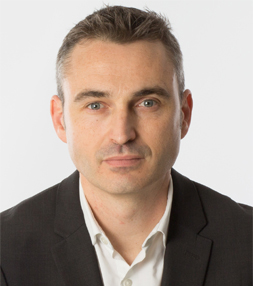
Samuel Ojosnegros, HYLIGHT coordinator at the Institute for Bioengineering of Catalonia (IBEC), talks about the project in this ATTRACT stories video.
Improving embryo selection, i.e., identifying the single embryo with the highest reproductive potential will reduce the time to pregnancy and will therefore ease the psychological distress in patients after multiple unsuccessful IVF treatments.
This diagnostic device combines hyperspectral analysis with artificial intelligence, that allows embryo classification based on their metabolic profiles, taking advantage of the natural auto-fluorescence of key cellular compounds, such as NADH or FADH. The advantage of this new approach is that embryos are classified in a safe non-invasive way, minimizing damage.
Carrer Baldiri Reixac, 10-12, 08028 Barcelona
Gran Via Carles III 71-75, 08028 Barcelona
M Squared Life Limited, 14 East Bay Lane, The Press Centre, Here East, Queen Elizabeth Park, Stratford, London, E15 2GW

As every year, the European Researchers’ Night takes place in the last week of September and this time the HYLIGHT project was present. Anna Ferrer
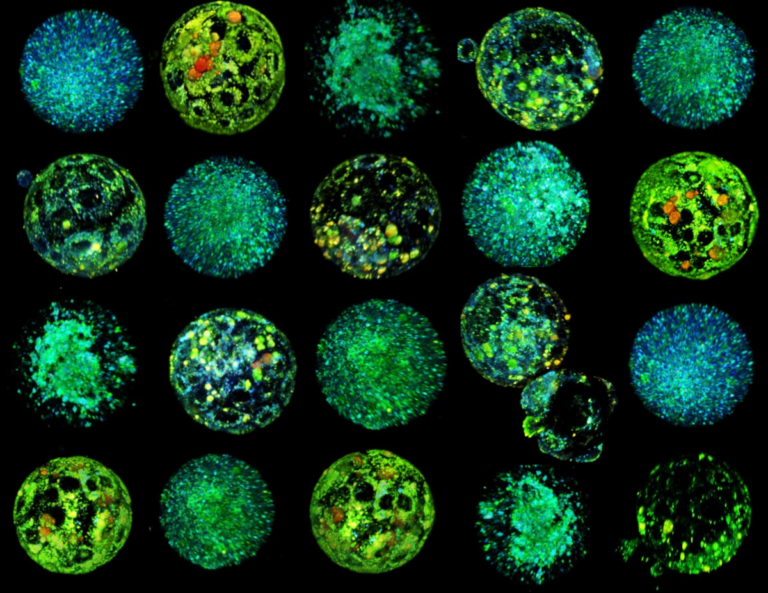
HYLIGHT researchers publish a paper describing METAPHOR: Metabolic Evaluation through Phasor-based Hyperspectral Imaging and Organelle Recognition. The new technique makes it possible to classify the
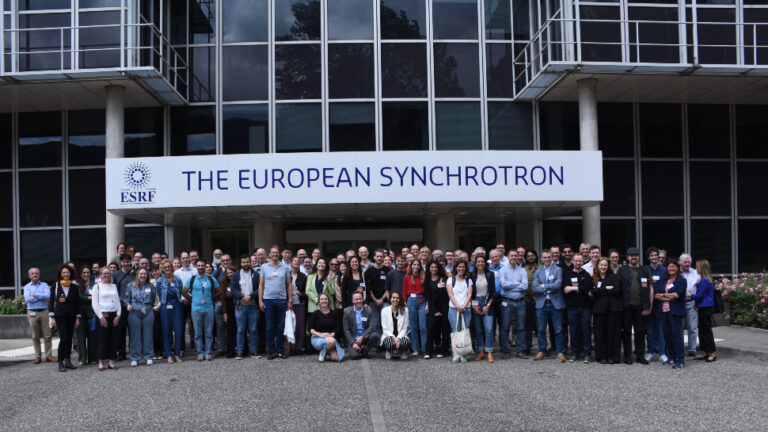
Last 12 and 13 of June, more than 100 researchers met together in Grenoble, France, for the ATTRACT prefinal meeting. HYLIGHT researchers were there and
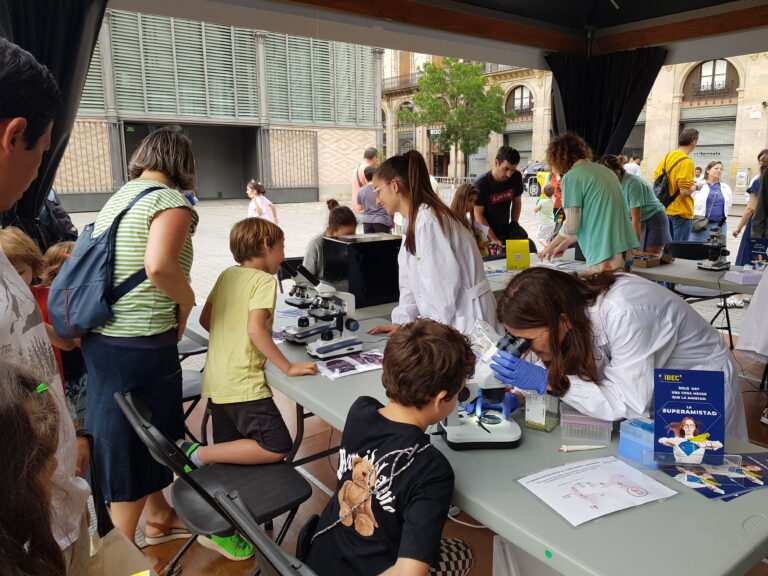
The 17th Science Party (“Festa de la Ciència” in Catalan) was held from June 7th to 9th in Barcelona. Researchers from the Institute for Bioengineering
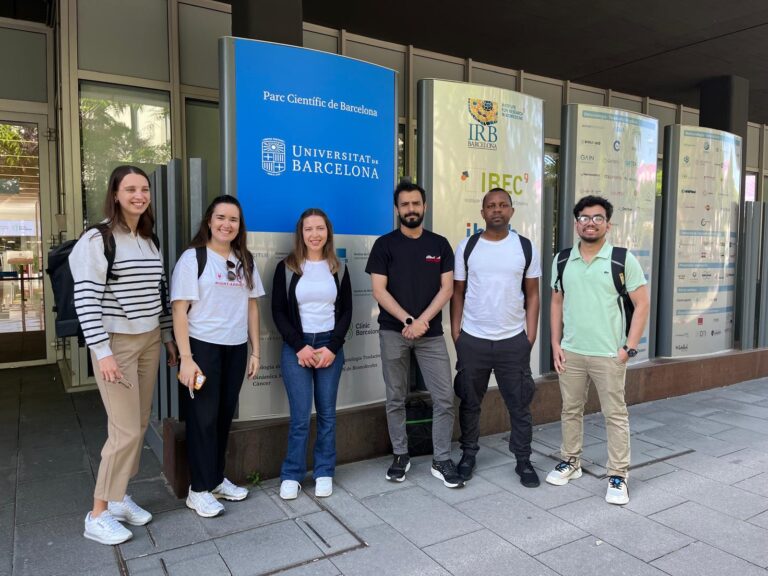
Six students from BASE, one of the Student Programs funded under ATTRACT phase 2, spent one entire day at IBEC, visiting the premisses of the Bioengineering
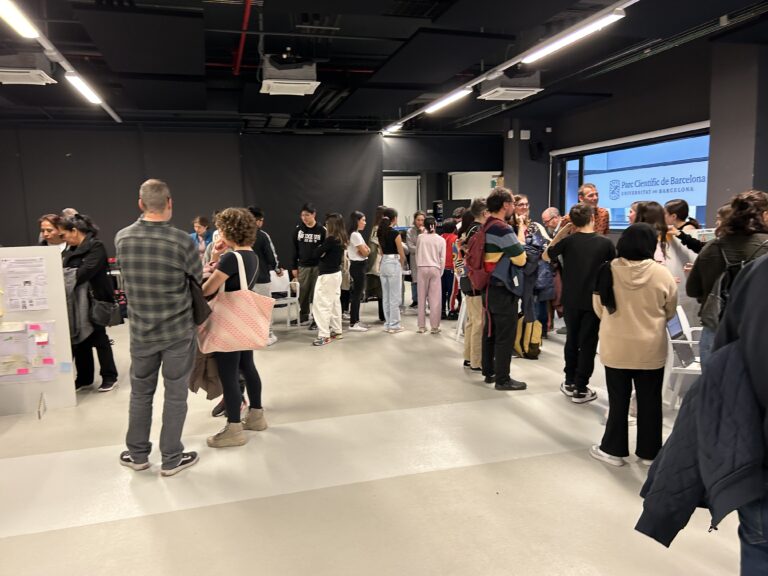
Students at the Secondary School Angeleta Ferrer in Barcelona had the occasion to know the HYLIGHT project and learn about in vitro fertilization, embryo selection
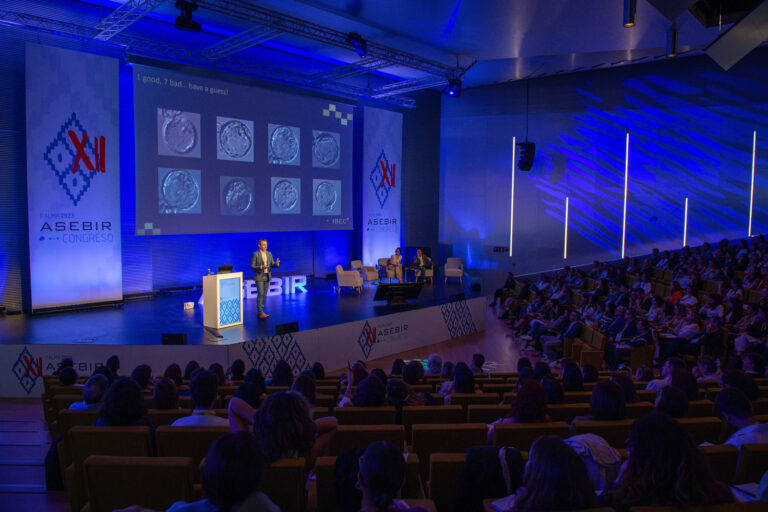
Samuel Ojosnegros had the honour to present the first scientific talk at the XII Congress of the Association for the Study of Biology of Reproduction
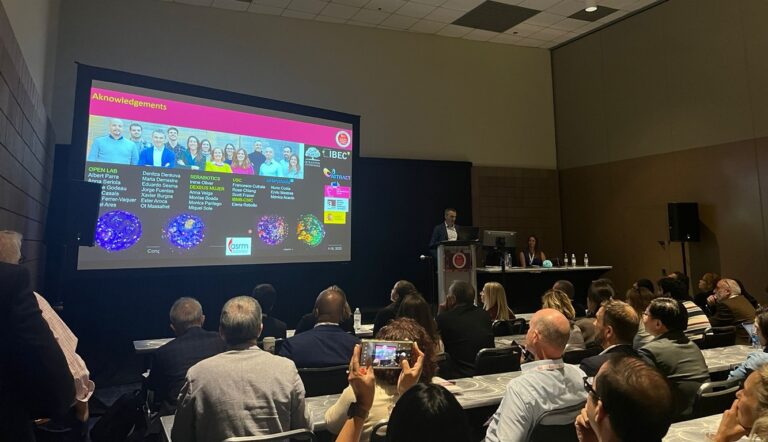
Samuel Ojosnegros and other top experts in reproductive medicine met together in New Orleans to discuss the latest advances in reproductive care during the 79th

On the World Embryologist Day Samuel Ojosnegros stands out in a video the valuable contribution of HYLIGHT project to the IVF field. Louise Joy Brown
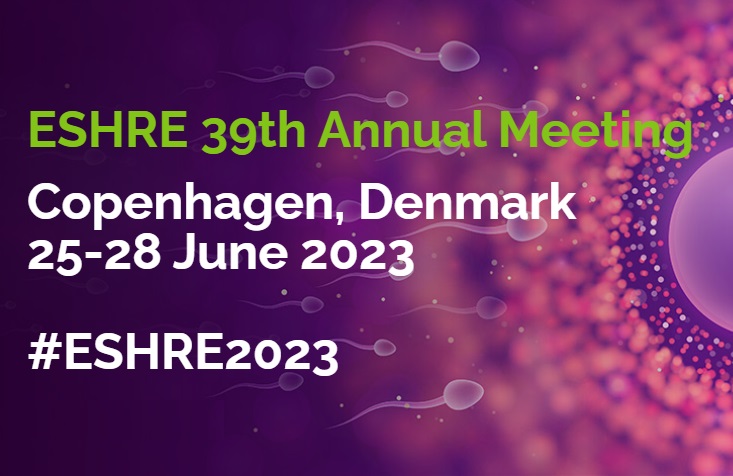
Copenhagen hosted last week the European Society of Human Reproduction and Embryology (ESHRE) 39th Annual Meeting, and HYLIGHT was presented amongst the projects aimed to
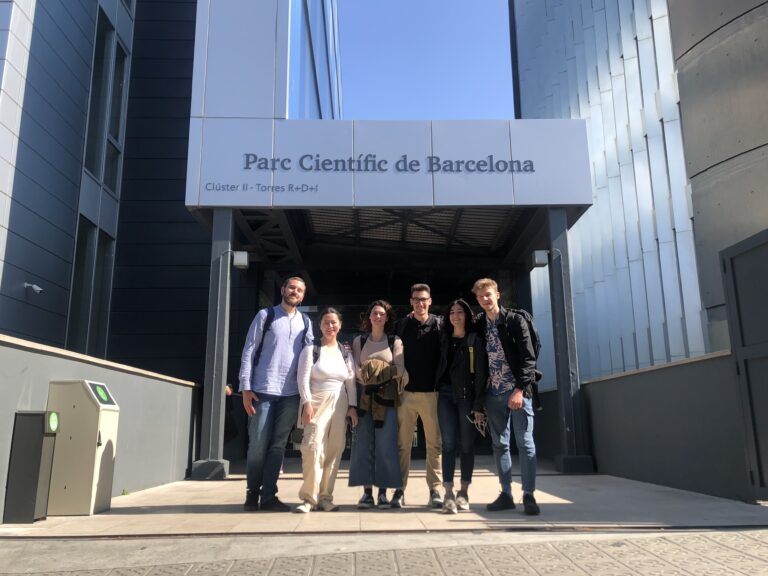
Last 17th of May, 6 students from ATTRACT Phase 2 Student Program visited the Bioengineering for Reproductive Health group at the Institute for Bioengineering of
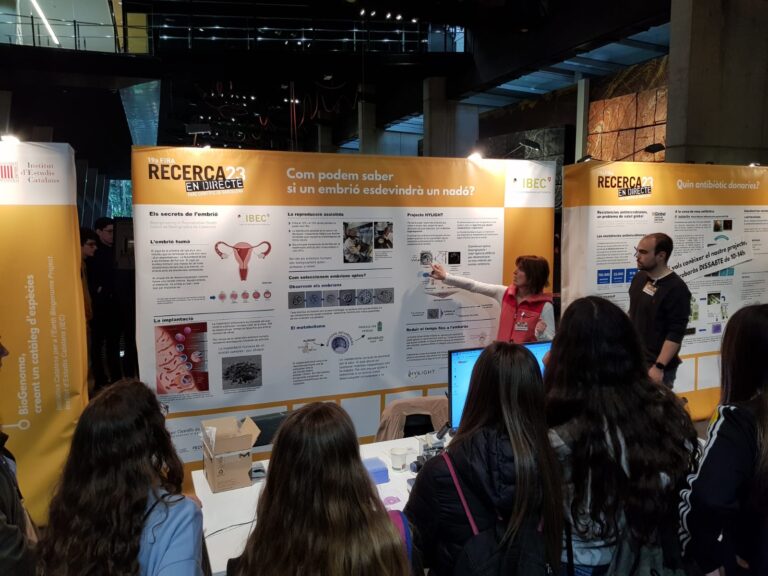
During four days, HYLIGHT researchers transmitted the science behind the project to high school students and the general public, in the frame of the XIX
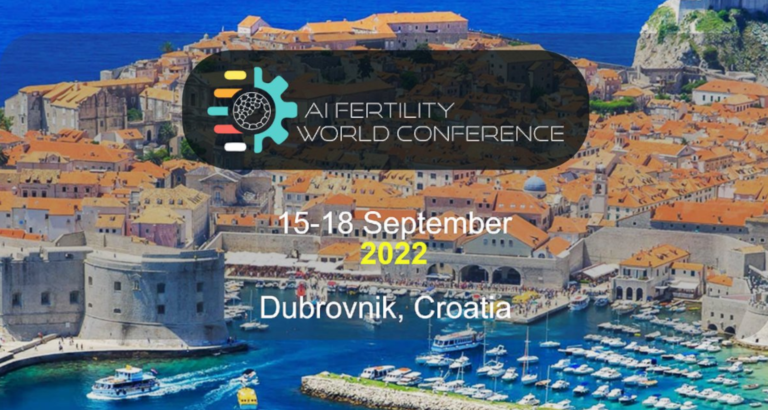
The HYLIGHT project was present at the AI Fertility World Conference 2022, which took place last September. Samuel Ojosnegros, coordinator of the project, explained in
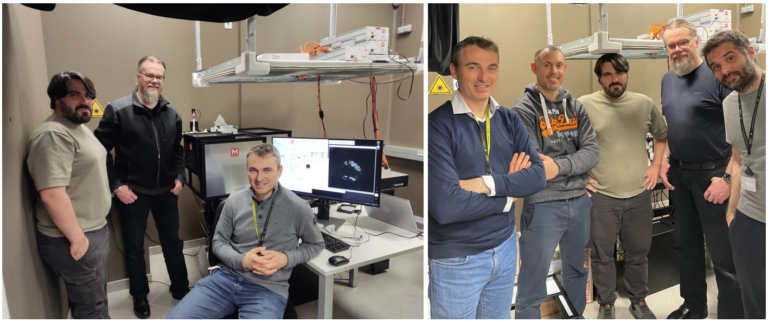
Last week, M Squared engineers and researchers visited Barcelona to set up the proof of concept (PoC) device at IBEC’s premises. M Squared members installed
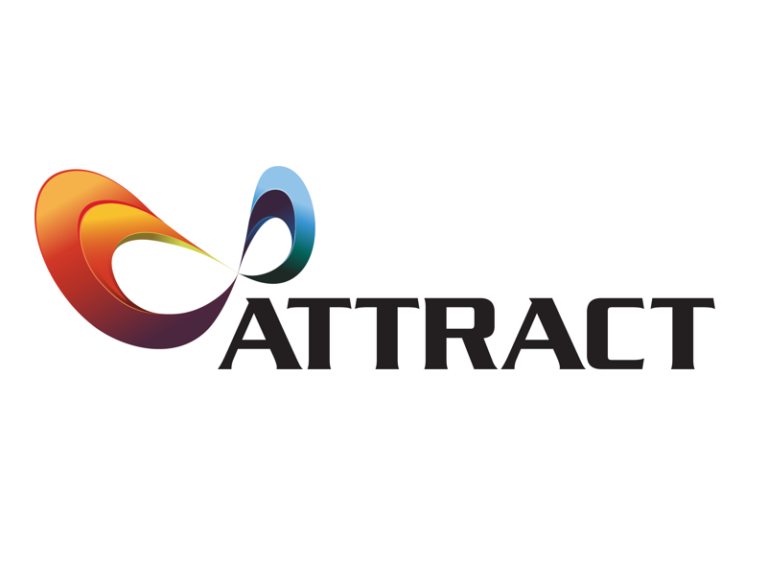
HYLIGHT Project, coordinated by Samuel Ojosnegros from IBEC, was selected by the ATTRACT Phase 2, an initiative of the European Union to boost the transfer